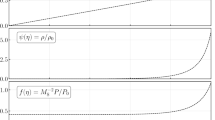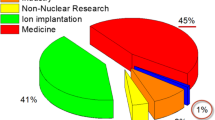Abstract.
We use three-dimensional particle-in-cell simulations to study laser wake field acceleration (LWFA) at highly relativistic laser intensities. We observe ultra-short electron bunches emerging from laser wake fields driven above the wave-breaking threshold by few-cycle laser pulses shorter than the plasma wavelength. We find a new regime in which the laser wake takes the shape of a solitary plasma cavity. It traps background electrons continuously and accelerates them. We show that 12-J, 33-fs laser pulses may produce bunches of 3×1010 electrons with energy sharply peaked around 300 MeV. These electrons emerge as low-emittance beams from plasma layers just 700-μm thick. We also address a regime intermediate between direct laser acceleration and LWFA, when the laser-pulse duration is comparable with the plasma period.
Similar content being viewed by others
Author information
Authors and Affiliations
Additional information
Received: 12 December 2001 / Published online: 14 March 2002
Rights and permissions
About this article
Cite this article
Pukhov, A., Meyer-ter-Vehn, J. Laser wake field acceleration: the highly non-linear broken-wave regime . Appl Phys B 74, 355–361 (2002). https://doi.org/10.1007/s003400200795
Issue Date:
DOI: https://doi.org/10.1007/s003400200795




